If you’ve ever wondered whether running a dehumidifier is truly worth it, let’s put your doubts to rest. In this article, we will shed light on the cost of running a dehumidifier and why it may be a worthwhile investment for your home. Say farewell to the discomfort of excessive humidity and hello to a more comfortable and healthier living environment. Get ready to discover the benefits of keeping moisture at bay and whether it’s worth running a dehumidifier.
Benefits of using a dehumidifier
Improved air quality
Using a dehumidifier can greatly improve the air quality in your home. When the humidity levels in your environment are too high, it creates an ideal breeding ground for mold, mildew, and other allergens. By removing excess moisture from the air, a dehumidifier helps to inhibit the growth of these substances, which can lead to respiratory problems and other health issues. With a dehumidifier, you can enjoy cleaner and fresher air, promoting a healthier living environment.
Prevention of mold and mildew growth
One of the key benefits of running a dehumidifier is its ability to prevent mold and mildew growth. These fungi thrive in moist environments and can quickly multiply, causing damage to walls, furniture, and even your health. By maintaining optimal humidity levels, typically between 30% and 50%, a dehumidifier plays a crucial role in preventing the growth of mold and mildew. This is especially important in areas with high humidity or prone to moisture accumulation, such as basements, bathrooms, and laundry rooms.
Reduced allergens
Allergens such as dust mites, pollen, and pet dander are common triggers for individuals with allergies or respiratory issues. These substances often thrive in humid environments, exacerbating symptoms and causing discomfort. Running a dehumidifier helps to reduce the presence of allergens in your home by minimizing the moisture levels that support their growth. By utilizing a dehumidifier, you can create a more allergen-free space, making it easier to breathe and reducing allergy-related symptoms.
Comfortable living environment
High humidity levels can make your home feel sticky, clammy, and uncomfortable. It can also lead to a decrease in indoor air quality and cause unpleasant odors. By using a dehumidifier, you can effectively decrease the humidity levels, making your home a more comfortable and pleasant place to live. Whether it’s your bedroom, living room, or workspace, a dehumidifier can help create an environment that promotes relaxation and productivity without the discomfort and inconvenience caused by excessive moisture.
Factors to consider before running a dehumidifier
Humidity levels in your home
Before running a dehumidifier, it’s important to assess the humidity levels in your home. You can use a hygrometer, a device used to measure humidity, to determine the current levels. Ideally, you want to aim for a humidity range of 30% to 50%, as this is considered optimal for both comfort and preventing the growth of mold and mildew. If your home consistently has humidity levels outside this range, running a dehumidifier can be highly beneficial.
Size of the space
When choosing a dehumidifier, it’s important to consider the size of the space you intend to use it in. Dehumidifiers come in various capacities, and selecting the right size will ensure optimal performance. The capacity of a dehumidifier is typically measured by the number of pints of moisture it can extract from the air within a 24-hour period. It’s recommended to choose a dehumidifier with a capacity appropriate for the square footage of the room or area you plan to dehumidify.
Energy efficiency of the dehumidifier
Energy efficiency is a crucial factor to consider when running a dehumidifier, as it can impact your electricity consumption and overall costs. Look for dehumidifiers with an Energy Star certification, as they meet strict energy efficiency guidelines set by the Environmental Protection Agency. These dehumidifiers are designed to consume less energy while still providing effective moisture removal. By choosing an energy-efficient model, you can reduce your environmental impact and enjoy potential cost savings in the long run.
Cost of electricity
Running a dehumidifier will contribute to your electricity bills, so it’s essential to consider the cost of electricity in your area. The cost per kilowatt-hour (kWh) can vary depending on your location and utility provider. To assess the potential cost of running a dehumidifier, you can multiply the wattage of the dehumidifier by the number of hours it will run per day, then divide by 1,000 to convert to kilowatts. Finally, multiply the result by the cost per kWh to estimate the daily, monthly, and annual electricity cost.
Considering these factors before running a dehumidifier will help you make an informed decision and ensure that you choose the right dehumidifier for your specific needs while keeping costs in check.
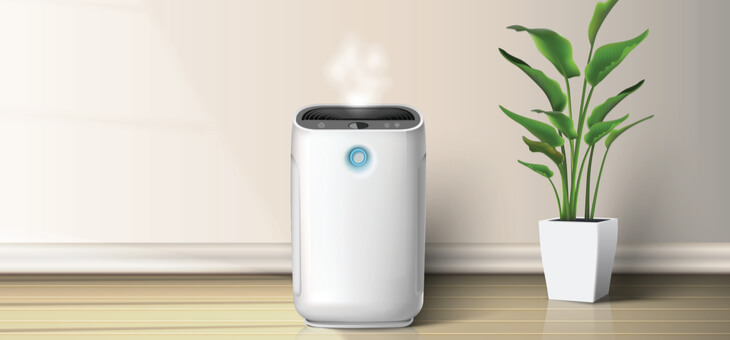
Cost of running a dehumidifier
Electricity consumption
One of the main costs associated with running a dehumidifier is the electricity consumption. Dehumidifiers require electricity to power their fans, compressors, and other components, and this energy usage varies depending on the size and efficiency of the unit. Generally, larger and less energy-efficient dehumidifiers will consume more electricity compared to smaller, more efficient models. It’s important to pay attention to the wattage and energy usage specifications of the dehumidifier you choose to ensure it aligns with your budget and energy requirements.
Operating hours
The number of hours you run your dehumidifier each day will also impact your overall costs. The operating hours will depend on factors such as humidity levels, the size of the space, and personal preferences. Some individuals choose to run their dehumidifiers continuously, while others opt for timed intervals or specific periods during the day. It’s important to strike a balance between effective moisture control and energy consumption by determining the appropriate operating hours for your dehumidifier based on your unique circumstances.
Cost per kilowatt-hour
The cost per kilowatt-hour (kWh) of electricity can vary significantly depending on your location. To accurately calculate the cost of running a dehumidifier, you will need to consult your electricity bill or contact your utility provider to determine the specific cost per kWh in your area. Once you have this information, you can multiply it by the dehumidifier’s hourly energy consumption (in kilowatts) to estimate the cost of running the device per hour.
Annual cost calculation
To determine the annual cost of running a dehumidifier, you can multiply the daily operating cost by the number of days you plan to use the device in a year. This will provide you with a rough estimate of the financial commitment associated with running a dehumidifier. It’s essential to factor in this cost when evaluating the overall value and benefits of a dehumidifier, as it will contribute to your household expenses.
Environmental impact of using a dehumidifier
Energy efficiency and sustainability
When it comes to environmental impact, choosing an energy-efficient dehumidifier is crucial. By selecting a model with an Energy Star certification, you can ensure that the device meets strict energy efficiency standards. Energy-efficient dehumidifiers consume less energy to perform the same tasks as their less efficient counterparts. This not only helps to reduce your carbon footprint but also saves energy resources and lowers greenhouse gas emissions associated with electricity generation.
Reducing carbon footprint
Running a dehumidifier does contribute to your carbon footprint, as it requires electricity to operate. However, by selecting an energy-efficient model, you can minimize the amount of electricity consumed, thus reducing your environmental impact. Additionally, using a dehumidifier can indirectly help reduce your carbon footprint by preventing the growth of mold and mildew. When these substances form, they often lead to the need for significant repairs or replacements, which consume additional resources and contribute to carbon emissions. By actively managing humidity levels with a dehumidifier, you can prevent these issues and promote a more sustainable and eco-friendly lifestyle.
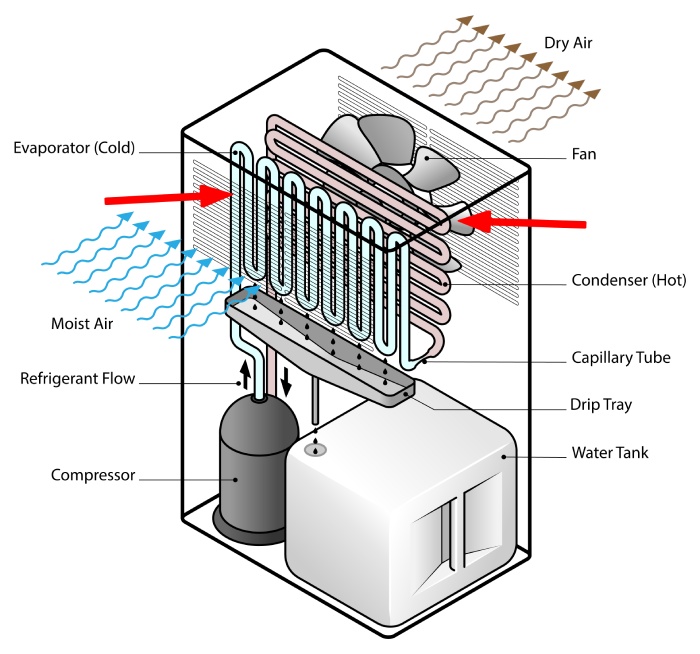
Alternatives to running a dehumidifier
Natural methods to reduce humidity
If you prefer not to run a dehumidifier, there are a few natural methods you can try to reduce humidity levels in your home. One option is to increase ventilation by opening windows and using ceiling fans or portable fans. This allows for better airflow and can help to remove excess moisture from the air. Another method is using natural desiccants, such as silica gel or calcium chloride, which absorb moisture. Placing these desiccants in areas prone to high humidity, like closets or basements, can help to control humidity levels effectively.
Using air conditioning
Air conditioning not only provides relief from hot weather but also acts as a dehumidifier. When you run an air conditioner, it not only cools the air but also removes moisture from it. As warm air passes through the evaporator coil, the moisture condenses and collects in a drain pan or is expelled through a drainpipe. This process helps to reduce humidity levels and create a more comfortable indoor environment. However, it’s worth noting that relying solely on air conditioning for dehumidification may not be sufficient in extremely humid conditions or for areas where air conditioning usage is limited.
Ventilation techniques
Proper ventilation is crucial in controlling humidity levels in your home. By improving airflow and allowing moisture-laden air to escape, you can effectively reduce humidity. Ventilation techniques include using exhaust fans in bathrooms and kitchens, installing vents in areas prone to moisture accumulation, and ensuring proper attic and crawl space ventilation. Additionally, if you have a basement, ensuring it is adequately ventilated can help to prevent elevated humidity levels. Utilizing natural ventilation methods or mechanical ventilators can significantly contribute to maintaining ideal humidity levels without the need for a dehumidifier.
Determining if a dehumidifier is worth it for you
Assessing your specific needs
Determining whether a dehumidifier is worth it for you requires evaluating your specific needs. Consider factors such as the climate you live in, the humidity levels in your home, and any existing moisture-related issues. If you reside in an area that experiences high humidity or have consistently elevated moisture levels in your home, a dehumidifier can provide significant benefits in terms of air quality and comfort. Additionally, for individuals with allergies or respiratory conditions, a dehumidifier can offer relief by reducing allergens in the environment.
Evaluating costs versus benefits
Another important consideration is evaluating the costs versus the benefits of running a dehumidifier. Assess the potential expenses associated with purchasing, operating, and maintaining a dehumidifier against the benefits it can bring to your living environment. Take into account factors such as energy consumption, annual costs, and any potential savings from preventing mold or moisture-related damages. By conducting a cost-benefit analysis, you can make an informed decision and determine whether the advantages of using a dehumidifier outweigh the associated costs.
Considering the climate you live in
The climate you live in plays a significant role in determining whether a dehumidifier is worth it for you. If you reside in an area with high humidity or experience long, humid summers, a dehumidifier can be highly beneficial in maintaining comfortable indoor conditions and preventing mold growth. However, in drier climates with low humidity levels, the need for a dehumidifier may be less pronounced. It’s important to consider your specific climate conditions to determine if running a dehumidifier aligns with your needs and provides tangible benefits.
Consulting with an expert
If you’re unsure whether a dehumidifier is worth it for you, consulting with an expert can provide valuable insights and guidance. HVAC professionals, energy auditors, or indoor air quality specialists can assess your home, evaluate your specific needs, and make personalized recommendations. They can help determine the ideal dehumidification solution, educate you on energy-efficient models, and provide accurate cost estimations based on your circumstances. Seeking professional advice ensures that you make an informed decision that is tailored to your home and lifestyle.
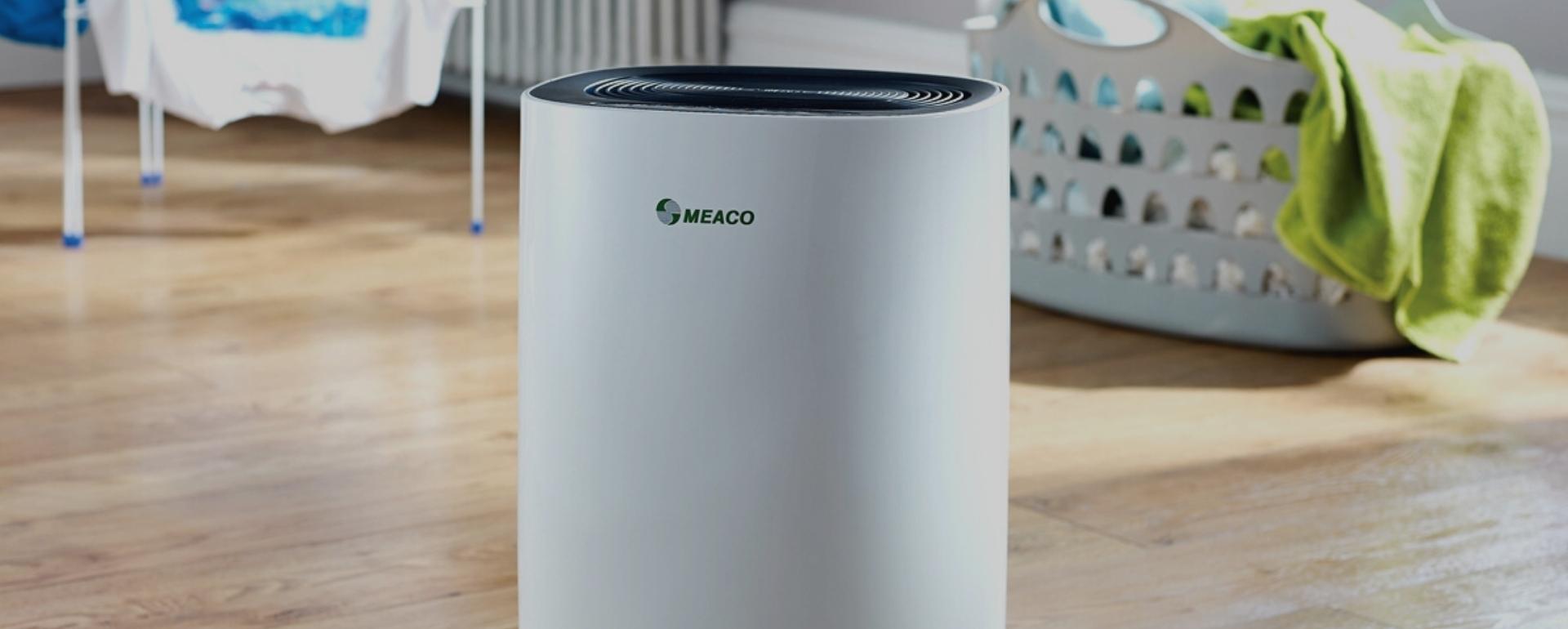
Pros and cons of running a dehumidifier
Pros: improved air quality, mold prevention, reduced allergens
Running a dehumidifier offers numerous benefits that contribute to a healthier and more comfortable living environment. First and foremost, it helps to improve air quality by reducing excess moisture, inhibiting the growth of mold, and preventing the spread of allergens. This is particularly beneficial for individuals with allergies, asthma, or other respiratory conditions. Secondly, a dehumidifier actively prevents mold and mildew growth, which can save you from costly repairs, replacements, or health issues in the long run. Lastly, by removing excess moisture from the air, a dehumidifier reduces allergens such as dust mites, pollen, and pet dander, promoting a more allergen-free space.
Cons: energy consumption, additional expense, noise
While running a dehumidifier offers numerous advantages, there are also a few drawbacks to consider. One of the main cons is the energy consumption associated with operating a dehumidifier, especially if you choose a larger or less energy-efficient model. This can result in increased electricity consumption and potentially higher utility bills. Additionally, purchasing a dehumidifier itself entails an additional expense. The upfront cost, ongoing maintenance, and potential filter replacements should be factored into your decision. Lastly, some dehumidifiers can generate noise when in operation, which may be a concern for individuals sensitive to sound or when using the device in noise-sensitive areas.
Tips for maximizing the efficiency of a dehumidifier
Proper placement of the device
To maximize the efficiency of a dehumidifier, proper placement is crucial. Position the dehumidifier in a central location within the room or space you want to dehumidify. Ensure that it is not obstructed by furniture or other objects, as this can impede airflow and reduce its effectiveness. It’s also essential to place the dehumidifier away from walls or other surfaces to allow air to circulate freely. By optimizing the placement, you can ensure that the dehumidifier operates efficiently and effectively removes moisture from the air.
Regular maintenance and cleaning
Regular maintenance and cleaning are essential for keeping your dehumidifier functioning optimally. Follow the manufacturer’s guidelines regarding filter cleaning or replacement, as clogged filters can impede the dehumidifier’s performance. Additionally, clean the water collection tank regularly to prevent the growth of bacteria or mold. Emptying and cleaning the tank as frequently as necessary will ensure that the dehumidifier continues to operate efficiently and provide the desired results.
Using a hygrometer to monitor humidity levels
Using a hygrometer to monitor humidity levels is a helpful tool in optimizing the efficiency of your dehumidifier. A hygrometer provides real-time data on relative humidity, allowing you to measure and track the moisture levels in your home. By monitoring humidity levels, you can make informed decisions on the operating hours and settings of your dehumidifier. This ensures that the dehumidifier runs when necessary and helps you maintain the desired humidity range, maximizing its energy efficiency and effectiveness.
Optimal settings for different seasons
Different seasons may require adjustments to the settings of your dehumidifier. For example, during warmer months or in areas prone to high humidity, a lower humidity setting between 30% and 40% may be appropriate. In cooler months or drier climates, a higher setting between 40% and 50% may suffice. It’s important to customize the settings according to your specific environmental conditions to achieve optimal dehumidification without overworking the device. By adjusting the settings seasonally, you can ensure that the dehumidifier operates efficiently and effectively throughout the year.
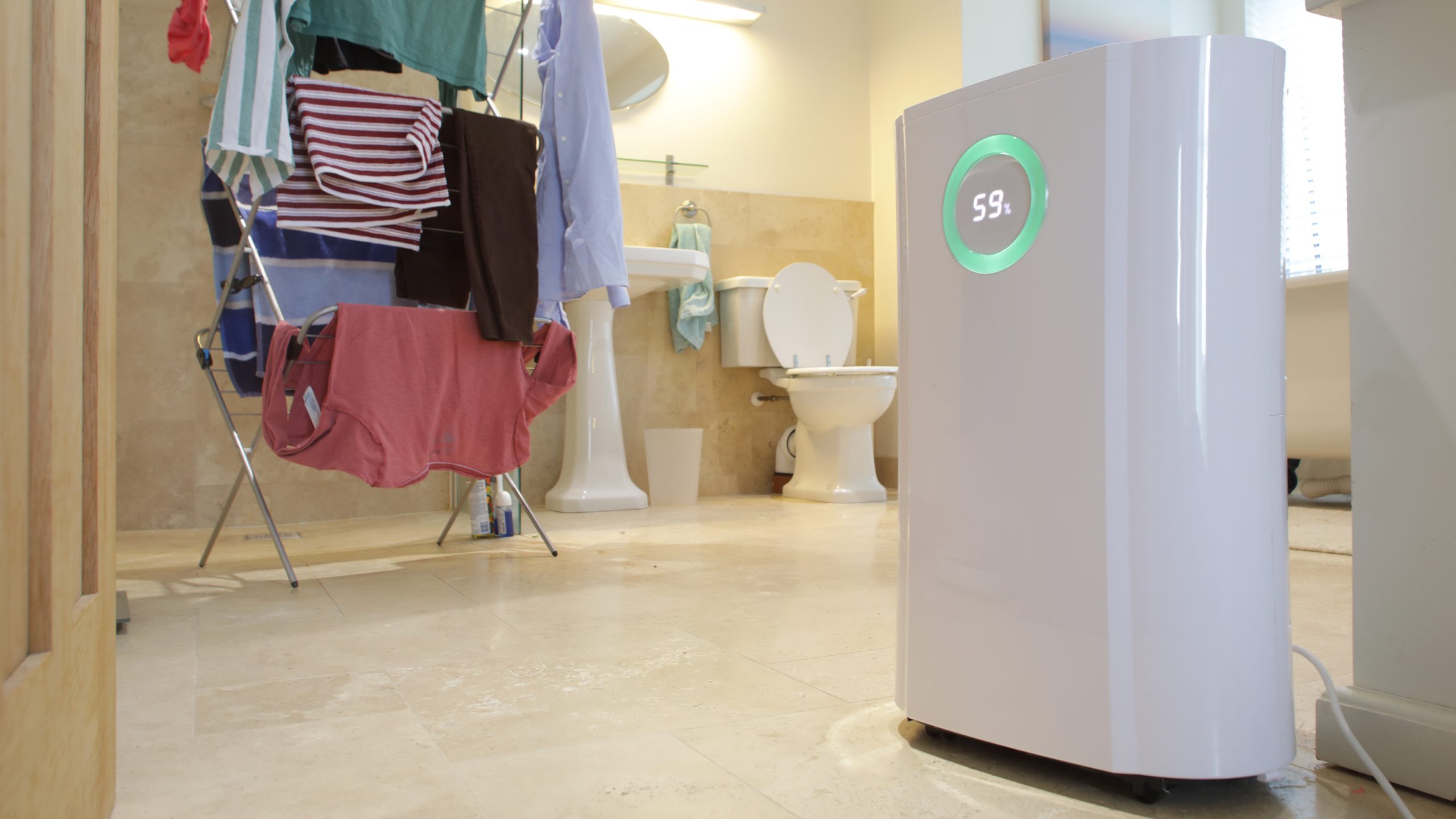
Dehumidifier features to look for
Built-in humidity sensor
A built-in humidity sensor is a valuable feature to look for when choosing a dehumidifier. This sensor automatically detects the humidity levels in your home and adjusts the dehumidifier’s settings accordingly. With this feature, the dehumidifier can operate more intelligently, turning on and off as needed to maintain the desired humidity range. This not only ensures optimal moisture control but also helps to conserve energy by preventing unnecessary operation.
Auto-shutoff function
An auto-shutoff function is another useful feature that can contribute to energy savings and convenience. This function automatically turns off the dehumidifier when the desired humidity level is reached or when the water collection tank is full. By shutting off the device when it’s no longer needed, the auto-shutoff function helps to conserve energy and prevents over-dehumidification. It also eliminates the need for constant monitoring or remembering to manually turn off the dehumidifier.
Energy Star certified
Choosing a dehumidifier with an Energy Star certification is highly recommended to maximize energy efficiency and ensure sustainability. Energy Star certified dehumidifiers meet strict guidelines and standards set by the Environmental Protection Agency. These dehumidifiers are designed to consume less energy without compromising performance, saving you money on electricity bills and reducing your environmental impact.
Quiet operation
If noise is a concern for you, it’s worth looking for a dehumidifier with a quiet operation. Some dehumidifiers are equipped with features that minimize noise levels, such as insulated compressors, vibration-reducing components, or sound-dampening technologies. By opting for a quieter model, you can enjoy the benefits of a dehumidifier without the disturbance of excessive noise.
Conclusion
Considering the benefits, costs, and alternatives, running a dehumidifier can be worth it for many households. The improved air quality, prevention of mold and allergens, and comfortable living environment it provides make it a valuable investment. However, before running a dehumidifier, it’s crucial to consider factors such as humidity levels, size of the space, energy efficiency, and cost of electricity. Additionally, exploring alternatives like natural methods or ventilation techniques may be appropriate depending on your specific circumstances. To make an informed decision, it’s recommended to assess your specific needs, evaluate costs versus benefits, consider the climate you live in, and consult with experts when necessary. By taking these steps, you can determine if a dehumidifier is worth it for you and ensure that you choose the right device to create the optimal living environment in your home.
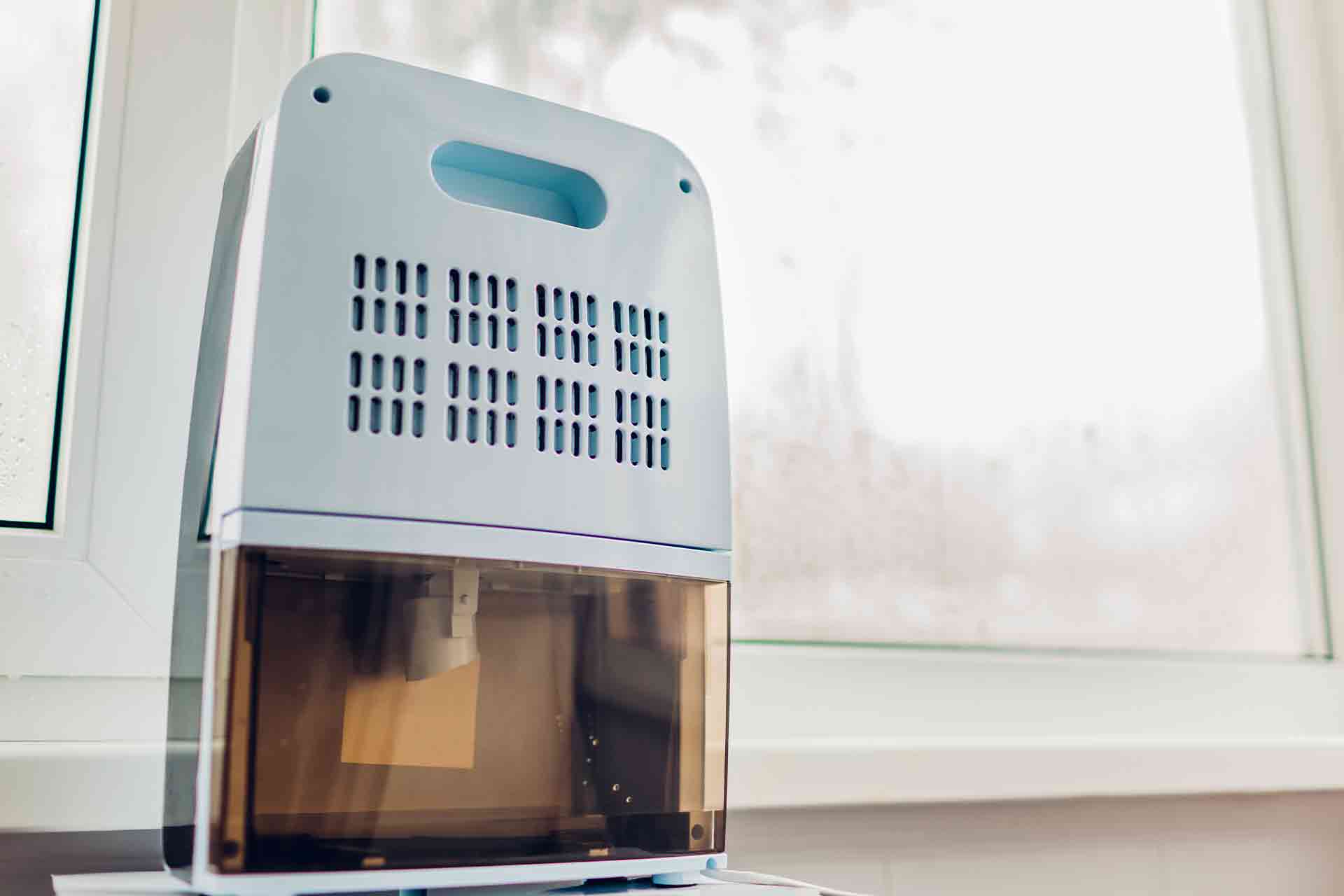

Hi, I’m Cohan, the author behind Your Dehumidifier Guide, a website dedicated to helping you create a healthier and more comfortable living environment. With a tagline of “Breathe Easy, Live Better,” my ultimate goal is to provide you with the best dehumidification solutions for your home. Whether you’re looking for the perfect dehumidifier for your bathroom, small room, or basement, I’ve got you covered. Through in-depth reviews and comprehensive buying guides, I aim to equip you with the knowledge to tackle high humidity levels, prevent mold growth, and improve your indoor air quality. Trust me to be your ultimate guide in the world of dehumidifiers.